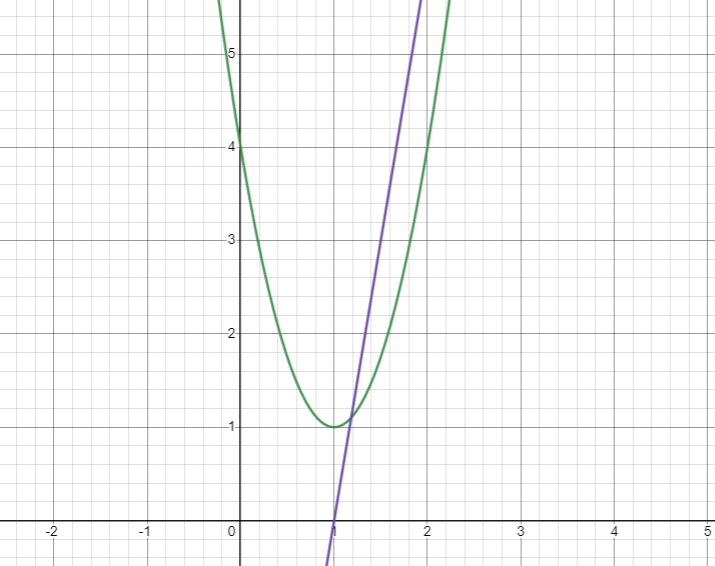What is a Derivative?
In mathematics, a derivative is a measure of how a function changes as its input changes. More specifically, it measures the rate of change of the output of a function with respect to the input. This is typically denoted using the slope of a tangent line to the function at a given point.

For example, consider the function f(x) = $x^2$, which represents a parabola. The derivative of this function, denoted as f'(x) or dy/dx, would be expressed as 2x. This means that as the value of x changes, the slope of the tangent line to the parabola also changes, in a linear fashion.
Another example of a function and its derivative would be sin(x) and cos(x), respectively. The sine function is a periodic wave with a certain frequency, whereas the cosine function represents the rate of change of the sine wave. In this case, the derivative is expressed as f'(x) = cos(x), which measures the instantaneous change in the height of the sine wave at a given point.
Use of Derivatives
Derivatives are important in calculus and have many applications in the fields of engineering, physics, economics, and more. They are used to model rates of change, calculate areas and volumes, and solve differential equations.
Power Rule – Derivative
The power rule for derivatives states that the derivative of $x^n$, where n is any real number, is nx^n-1. In simple words:
- Take the derivative of the function with respect to the given variable.
- Bring down the exponent in front of the variable and multiply.
- Subtract one from the exponent.
$ f(x) = x^3 $
$ f'(x) = 3x^2 $
Find the derivative of $g(x) = 4x^4$.
Again, using the power rule, we bring the exponent down as $(4*4)$ and subtract 1 from the exponent: $g'(x) = 16x^3$
Hence, the derivative of $g(x) = 4x^4$ is $g'(x) = 16x^3$
What is the instantaneous rate of change of the function $f(x) = 3x^2 – 6x + 4$ at the point x = 1?
Important Derivative Rules:
| Power rule: $f(x) = x^n, f'(x) = nx$^(n-1) |
| Sum rule: $f(x) = g(x) + h(x), f'(x) = g'(x) + h'(x)$ |
| Difference rule: $f(x) = g(x) – h(x), f'(x) = g'(x) – h'(x)$ |
| Product rule: $f(x) = g(x)h(x), f'(x) = g(x)h'(x) + g'(x)h(x)$ |
| Quotient rule: $f(x) = g(x)/h(x), f'(x) = [g'(x)h(x) – g(x)h'(x)]/h(x)^2$ |
| Chain rule: $f(x) = g(h(x)), f'(x) = g'(h(x))h'(x)$ |
| Exponential rule: $f(x) = a^x, f'(x) = a^x ln(a)$ |
| Natural logarithm rule: $f(x) = ln(x), f'(x) = 1/x$ |
| Trigonometric function rule: $f(x) = sin(x), f'(x) = cos(x) $ $f(x) = cos(x), f'(x) = -sin(x)$ $f(x) = tan(x), f'(x) = sec^2(x)$ |

